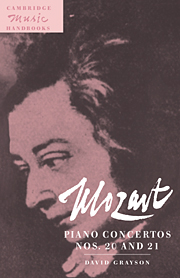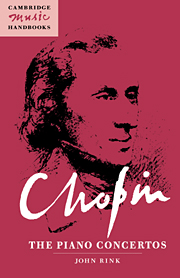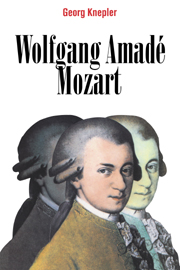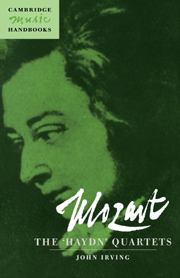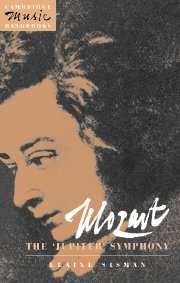Mozart: Piano Concertos Nos. 20 and 21
This guide to Mozart's two most popular piano concertos - No. 20 in D minor, K. 466, and No. 21 in C major, K. 467 - the so-called 'Elvira Madigan' - presents the historical background of the works, placing them within the context of Mozart's compositional and performance activities at a time when his reputation as both composer and pianist was at its peak. The special nature of the concerto, as both a form and genre, is explored through a selective survey of some of the approaches that various critics have taken in discussing Mozart's concertos, ranging from pure formalism to interpretations of the works as wordless human dramas. The advancement of a theory of concerto form provides the background for detailed accounts of the two concertos. The concluding chapter discusses a wide range of issues of particular interest to modern performers, including historical instruments, orchestra size and seating, cadenzas, and improvised embellishment.
- Advances a theory of concerto form which is relevant even beyond these two specific works
- Includes critical discussion of key performance practice issues relevant to modern performers
- Explores how Mozart adapted standard symphonic forms to the special requirements of the concerto
Reviews & endorsements
"Recommended to libraries with holdings devoted to music history and analysis at the upper-division undergraduate level and above." Choice
"The entire handbook is exceptionally clear and well written." Notes
Product details
February 1999Hardback
9780521481564
156 pages
216 × 140 × 13 mm
0.35kg
5 music examples
Available
Table of Contents
- 1. Introduction
- 2. Twentieth-century theories of Mozart's concerto form
- 3. First movements
- 4. Middle movements
- 5. Finales
- 6 Performance practice issues.

